7 Key Differences GAU vs GA4
With less than 1 year left for your business to migrate from Universal Analytics to Google Analytics 4, many companies are left thinking what even is the difference between GAU vs GA4.
This resource will help guide you understand the key differences between the two so that your company is better prepared for what is to come.
1. Web and App Analytics
Whereas GAU required separate properties for web and app, GA4 allows you to unify web and app analytics under a single property. This allows you to track user data across your website, Android, and IOS apps
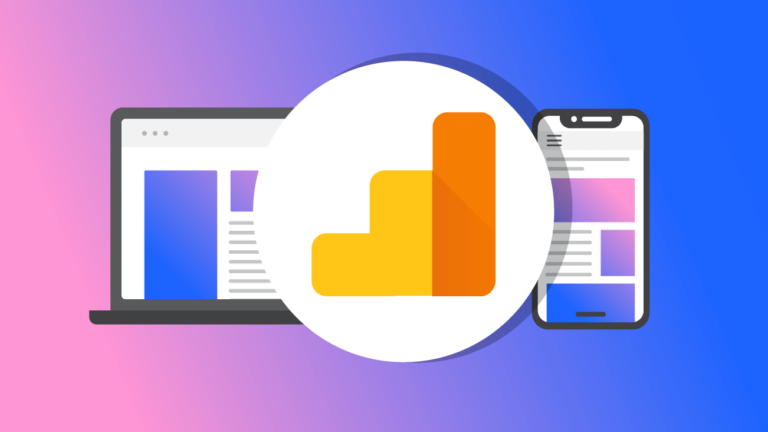
2. Multiple Sources of Data
GA4 allows you to collect different sources of data in one property by utilizing Data Streams. Multiple web and app data streams can be attached to each property.
A stream is an raw data view. While views will no longer be available in GA4, filters can be applied at the property or sub-property level
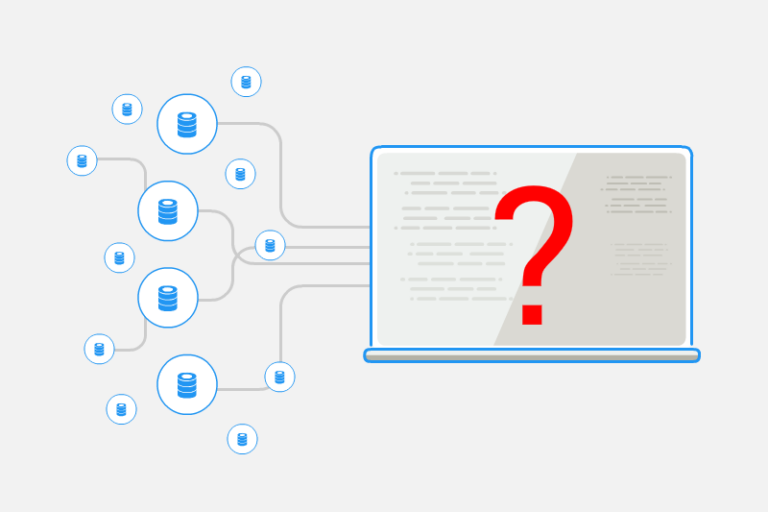
3. Custom Reporting
GA4 provides the ability to create easier custom reporting using Explorations. Whereas GAU provided mostly standardized reporting, users in GA4 will able to start off with templates and customize their reports according to their needs.
Creating reports take time and sometimes don’t provide all the insights a company needs to take action. Companies like Datapartners can create custom reporting to deliver actionable insights that result in greater business value
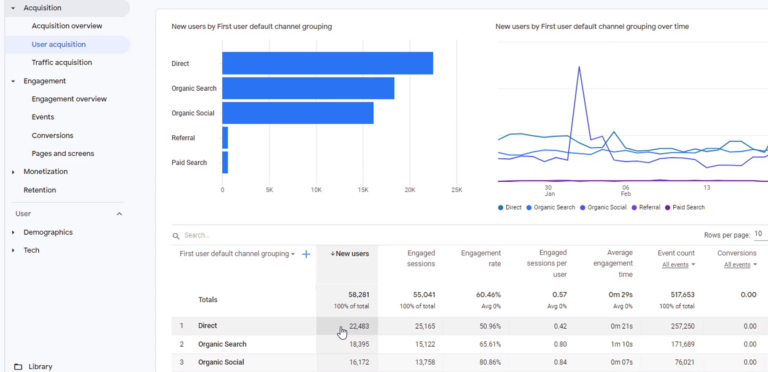
4. GAU Goals to GA4 Conversions
GAU Measures conversions, or getting the user to take a final action, as ecommerce transactions or goals.
GA4 simplifies goals by labeling events which you determine as key contributors to business objectives as Conversions
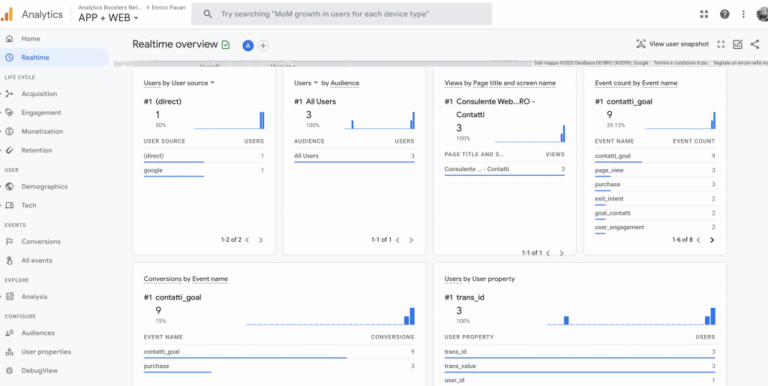
5. Session-Based vs Event-Based
In GA4, everything is considered an event. In GAU, they were called hit-types. Such as Page View, Event, Social, Transaction, User Timing, Exception, App/screen view. This is great because it provides more valuable information on people using our properties. The downside being that the two datasets (GAU and GA4) don’t translate directly. Which requires more help from subject matter experts such as Datapartners when migrating GAU “Events” to GA4 Events
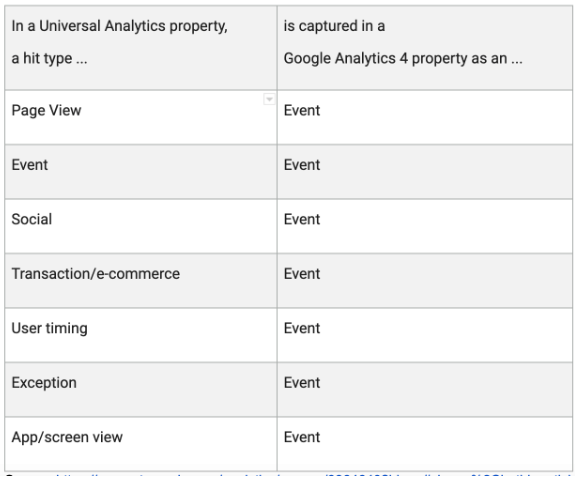
6. Engagement Metrics
As Marketers transition from funnel based marketing to a flywheel based framework where customers are at the center, GA4 refreshed the engagement metrics by adding new attributes. These include, engaged sessions, sessions per user, rate, and time.
They are more helpful in understanding how users actually interact with your website as opposed to GAU which tracked pageviews and bounce rates
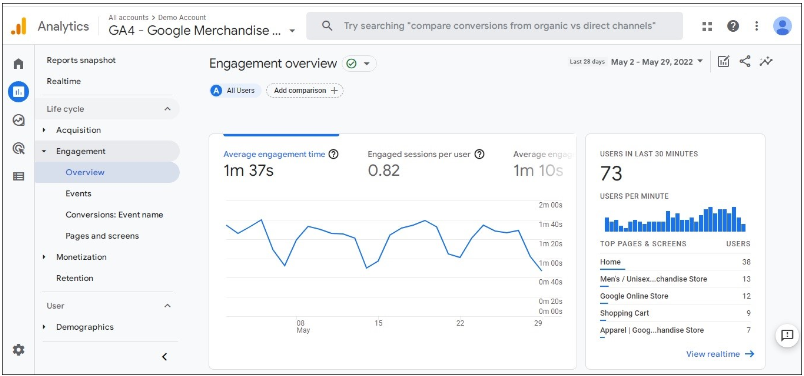
7. Ecommerce Tracking
GA4 currently does not have the robust eCommerce tracking capabilities of GAU at the moment. However, we can expect GA4 to expand eCommerce capabilities as it becomes ready for use by all companies soon


